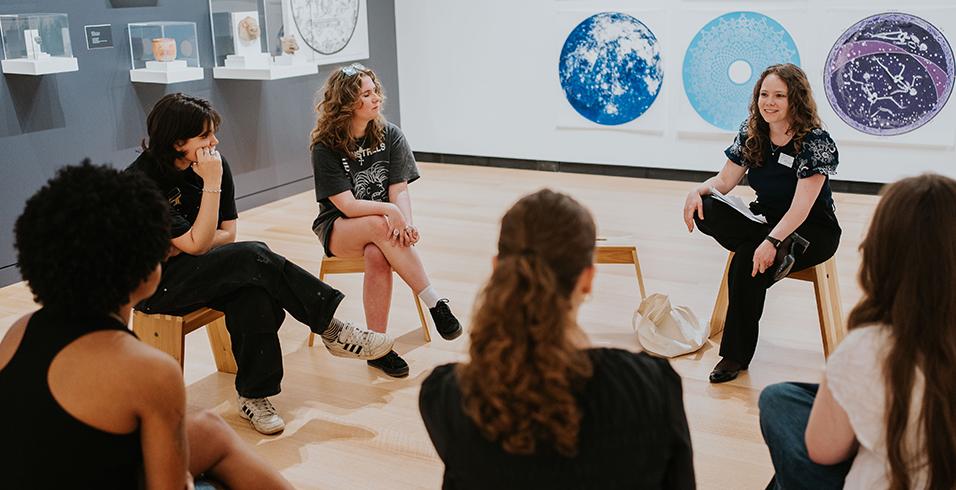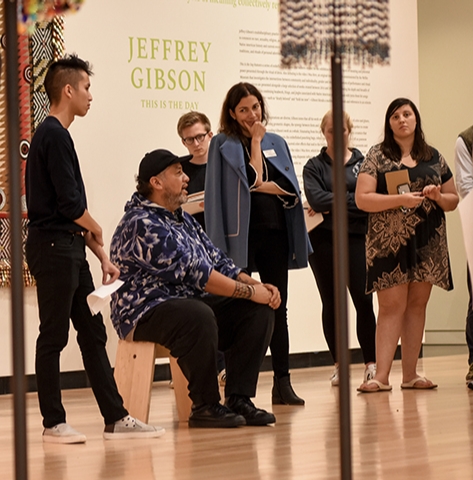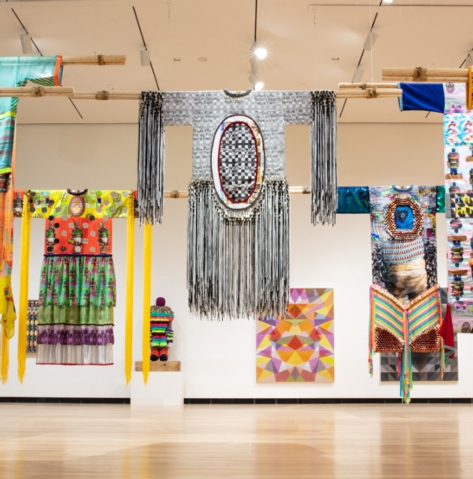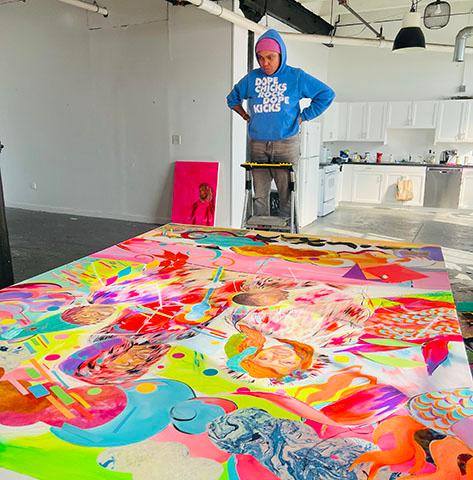Janelle Rodriguez

The months of June, July, and August provide a welcome respite and change of pace for education programming at the Wellin. Without class visits, field trips, and public events, days lengthen and there is more time for reflection. As Education Manager, I use this time to evaluate what worked well in the previous year and to look ahead towards a new exhibition and a refreshed selection of programming for the coming year.
Brainstorming ways to interpret our upcoming exhibition for K-12 audiences is always a strong focus of my attention in the summer. This year, my mind was on Menagerie: Animals in Art from the Wellin Museum. With animals being a popular subject for all ages, there are many pathways for this year's school visits to explore. Looking at intersections between science and art, using the prints of Craig Zammiello or one of Eadweard Muybridge's photographs, for example, could lead to artmaking through the lens of a naturalist. Storytelling with animals, be it through myths or illustrated epic tales, is another major theme in the exhibition that is ripe for exploration with elementary audiences. Finding inspiration in one's own environment, the way Dorothy Shakespear and Henri Gaudier-Brzeska both did, might lead a high school class to create personal artworks inspired by their own experiences in nature. Check out our K-12 School Visits page for more information.
I'm also looking forward to revealing the WellinWorks interactive space that complements this year's exhibition, developed by a group of student docents and staff from education, curatorial and exhibitions departments. This year's WellinWorks will present opportunities to experiment with drawing, reflect on our relationships and encounters with animals in everyday life, and create artworks using patterned fabrics featuring animals. The design of the space was inspired by animals found in the central New York region, reflected in the silhouettes of animals such as a black bear, a moose, and a brook trout installed throughout the room and the lifelike trees standing tall on one end of the gallery.
Summer also brings an opportunity to reflect on student programming. This year, I'm planning to implement peer mentoring to support new docents as they proceed through training. Many of our seasoned docents have mentorship experience gained through other programs, and they will work with me to co-create guidelines for the docent peer mentorship experience.
We will continue to offer drop-in programs for Hamilton students to support their creativity and overall well-being through our Wellin Open Studio program and Art Yoga. The inspiration for some of these programs comes from ideas that I gathered at professional development events over the last year – a sticker-making project seen at the National Art Education Association Convention in Minneapolis, a wet felting technique that I learned during a NY State Art Teachers Association workshop last spring, and a method of constructing one's own sketchbook using Coptic stitching.
In the last year, attendance at our Wellin Kids community programs skyrocketed from an average of 30 participants per session to upwards of 80-90 people per session. To continue to accommodate as many families as possible and maintain the quality of the program, we will be changing the format of Wellin Kids, namely offering two sessions per date at different times of day, geared towards different age ranges. To see this fall's schedule of topics, visit our Youth and Family programming page.
Overall, there is a lot to look forward to in the coming year, with the return of the docents and the rest of the student body. I am as excited as they are to experience the Menagerie exhibition and share it with the public at the opening on Saturday, September 7, from 4–6 p.m.







